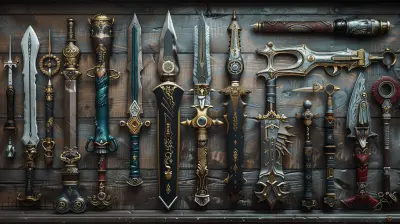Survival Games With the Most Intense Hunger and Thirst Mechanics
7 June 2025
When you think about survival games, what's the first thing that comes to mind? Scavenging for supplies? Harsh weather? Fending off wild predators? All that’s true — but let’s not forget the one mechanic that really tests a player’s grit: managing hunger and thirst. These two basic survival needs can easily become your biggest enemies if you don’t treat them seriously. In some games, hunger and thirst are just background noise. But in others, they are the main event.
This article takes a deep dive into the survival games that absolutely nail — and by that, I mean challenge you endlessly with — their hunger and thirst systems. If you're someone who loves feeling the pressure of watching that hunger meter drop rapidly or chugging dirty water because there's no other choice, keep reading. We’re talking the most intense, punishing, and sometimes brutally realistic survival experiences here.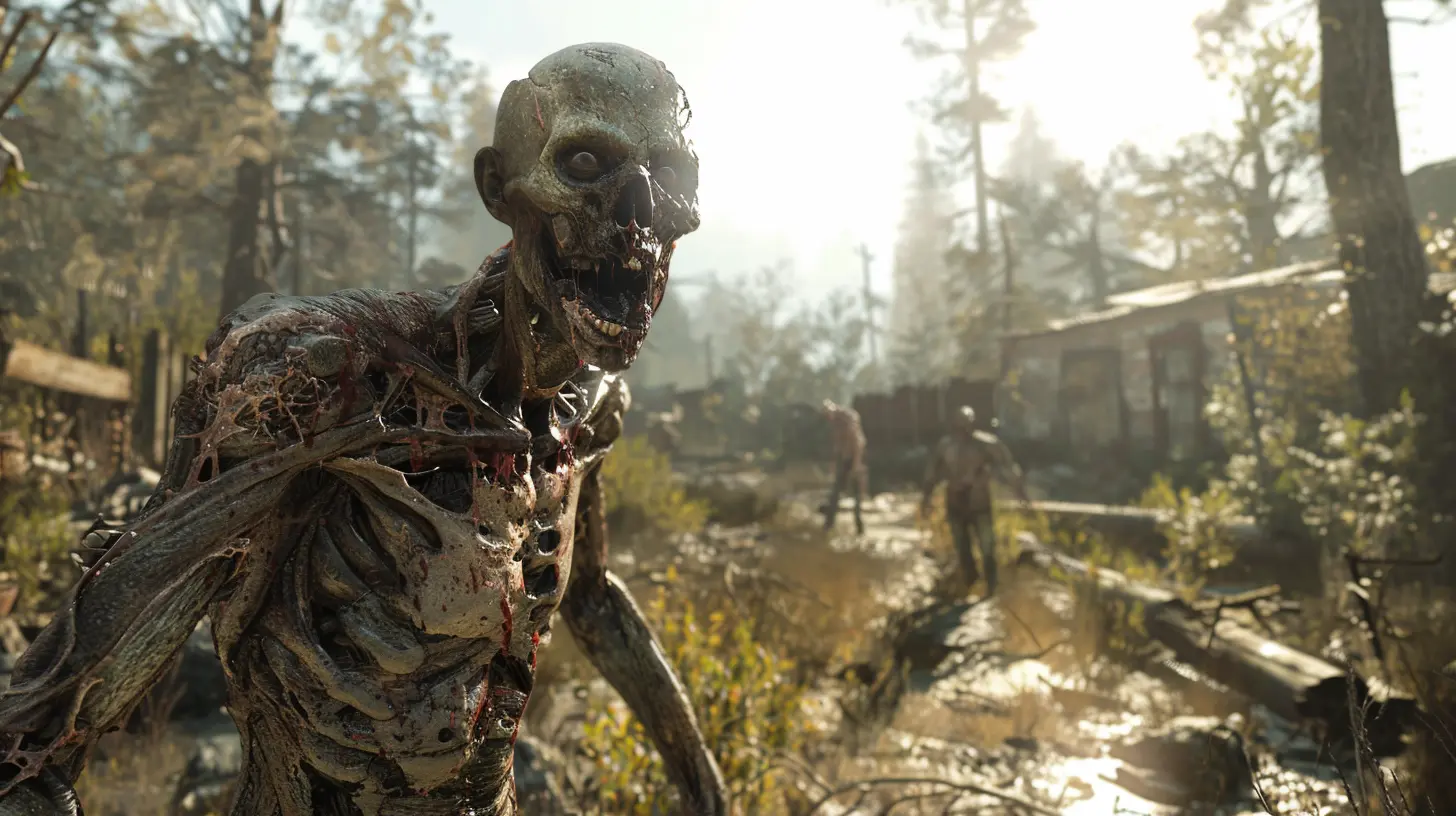
Why Hunger and Thirst Mechanics Actually Matter
In real life, you can’t go long without food or water. So why should survival games let you carry on like some kind of superhuman? Intense hunger and thirst mechanics add weight to your decisions. Suddenly, looting a house isn't just about scoring a cool weapon — it's about finding that last can of beans or a bottle of clean water before you collapse. These systems force you to plan, adapt, and sometimes suffer a little. And that’s what makes these games so immersive.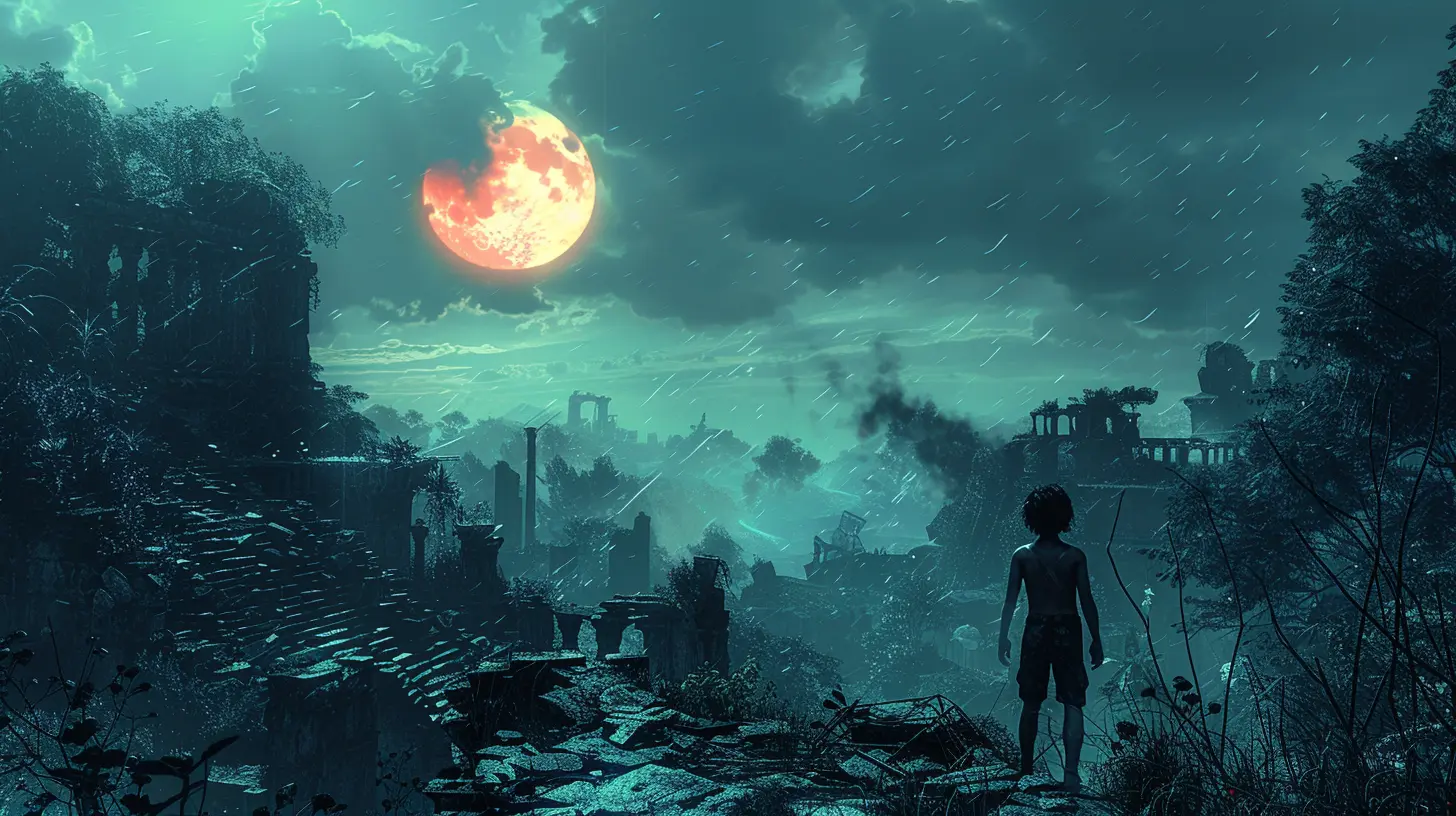
The Survival Games Getting It Right
Let’s break down the top survival games where managing hunger and thirst isn’t just a feature — it's a daily battle.1. The Long Dark
If you’ve played The Long Dark, you know the cold isn’t your only enemy. Hunger and thirst hit hard. The game drops you into the frozen Canadian wilderness with almost nothing. Every calorie is precious, and every decision matters.- Hunger System: You need to eat regularly, or your health starts to decay fast. Hunting? It's tough. Fishing? Time-consuming. That moldy granola bar? It's looking real good now.
- Thirst System: Find water or melt snow — sounds simple, right? Not until you realize boiling water requires fuel, and fuel is limited. Plus, dehydration creeps up quicker than you think.
What stands out is how punishing and realistic it feels. You constantly weigh the cost of your actions. Is it worth burning firewood just to melt snow? Do you dare eat that rancid meat?
2. Green Hell
Welcome to the Amazon rainforest, aka: your worst nightmare. Green Hell doesn’t just simulate survival. It simulates total breakdown. Hunger and thirst are just the beginning of your problems, but they’re core to your survival.- Hunger System: There’s a macronutrient system in place — protein, carbs, fats. Miss one? Your body pays the price. It’s not just about eating; it’s about eating right.
- Thirst System: You’ll need to find clean water or boil it. Rain catchers are a lifesaver, but contamination is a constant threat. Drink the wrong water and cue the vomiting.
You’ll also have to deal with parasites from dirty food and water. This isn’t your typical "eat to survive" system — it feels like managing a real body. And it’s brutal.
3. Project Zomboid
Project Zomboid is a hidden gem that’s as hardcore as survival games come. It’s set in the middle of a zombie apocalypse in Kentucky, which already sets the stage for chaos. But hunger and thirst? They’re what slowly chip away at you.- Hunger System: Your food options spoil quickly. Fresh meat? Better cook that fast. Canned food? Stockpile it like your life depends on it (because it does).
- Thirst System: City water only lasts so long. Once it’s gone, you’ll need to get water from rivers or rain — and make sure it’s properly boiled.
The realism here is next-level. Miss a meal, and your character loses strength. Stay hydrated, or you’ll tire faster. It keeps you constantly on edge.
4. SCUM
If you want ultra-realism, SCUM is the king. The game tracks everything — I mean, everything. Your character has a full digestive system. It even simulates metabolism. Too much water? You’ll pee. Not enough food? You’ll lose muscle mass.- Hunger System: You need to balance macronutrients, track digestion, and monitor calories. Food also decays over time, so hoarding isn’t a permanent solution.
- Thirst System: You’ll need clean water and a steady intake. The system also accounts for electrolytes and hydration levels — this ain’t your average hydration bar.
It’s so realistic that it borders on simulation. For hardcore players who want every detail to feel authentic, SCUM is a treasure trove of depth.
5. Don't Starve
This quirky, Tim Burton-esque survival game may look cute, but it doesn’t pull punches. The name says it all — Don’t Starve. And believe me, you will.- Hunger System: You lose hunger steadily throughout the day, and food is always scarce. Cooked food is more effective, but risks come with everything you eat.
- Thirst System: While base game doesn’t include thirst, mods and later expansions introduced liquids and hydration, increasing the challenge.
The game shines with its variety of food sources and how each one comes with trade-offs. Eating monster meat might fill your belly — but at what cost?
6. ARK: Survival Evolved
Dinos and hunger don’t mix. In ARK, survival begins with your stomach. Whether you're exploring or fighting off T-Rexes, you can’t ignore the hunger and thirst meters.- Hunger System: Raw meat is risky. Cooked meat and berries are your main food sources early on, but food spoils fast.
- Thirst System: You’ll dehydrate fast, especially in hotter biomes. It makes building near water essential. Run out? Good luck.
Heat, activity, and injuries all increase your need for food and water, which turns routine tasks into time-sensitive missions. You’ll find yourself sprinting for water mid-battle more than once.
7. Rust
Rust might be a PvP powerhouse, but at its core, it's still a survival game. And trust me, nothing ruins your day faster than starving to death while being hunted by another player.- Hunger System: It’s constant and relentless. Hunting, fishing, or growing your own food are all valid means, but it's never quite enough early on.
- Thirst System: Water is easier to find, especially with rivers and lakes, but clean water is harder to come by. Eating salty food? That’ll make you more thirsty.
You’re managing survival in a dog-eat-dog world, so every bite and sip needs to be earned — and defended.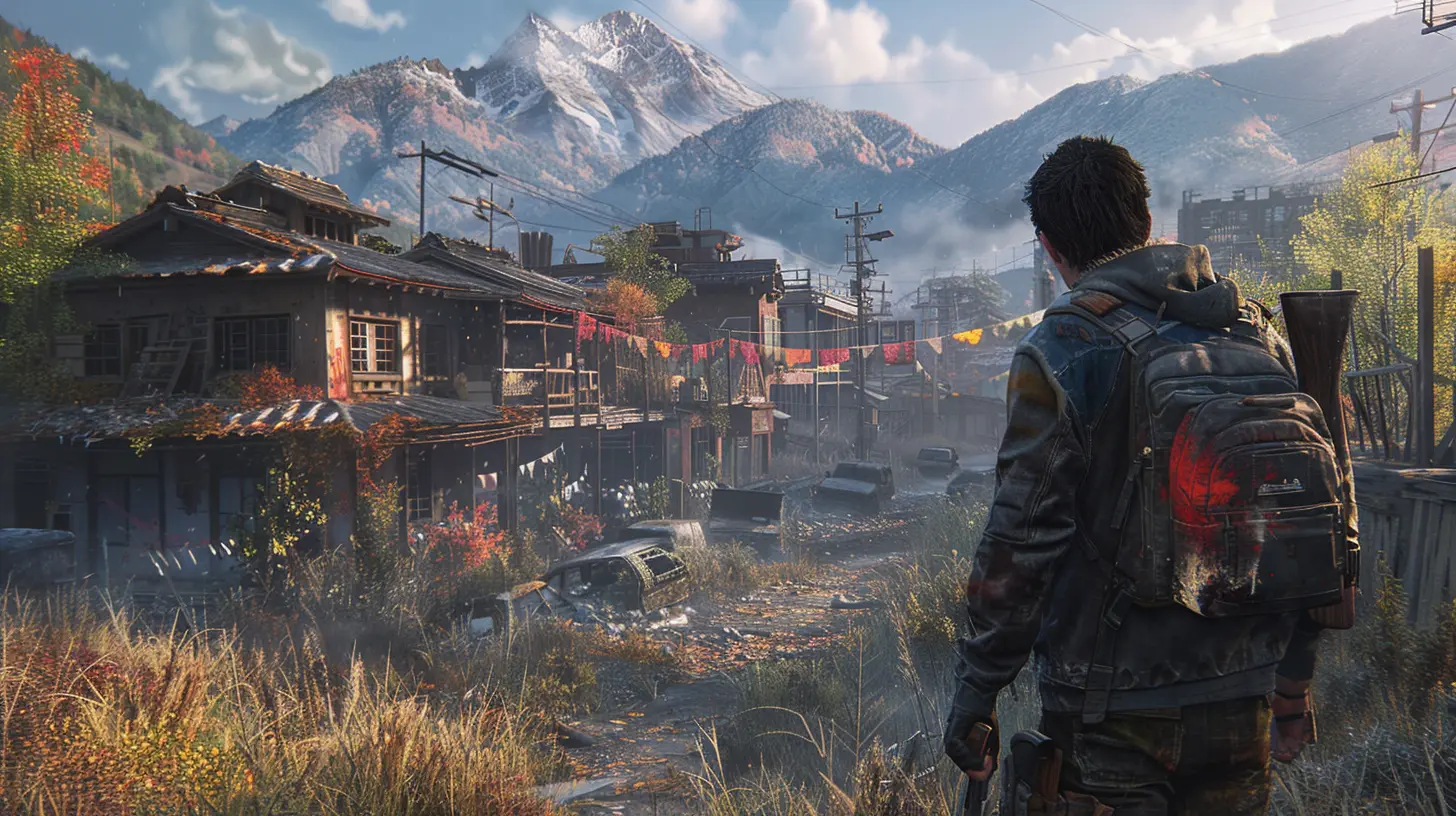
What Makes a Good Hunger and Thirst Mechanic?
Not every game gets it right. So what separates the mediocre from the truly intense systems? A few core elements:- Consequence: If ignoring food or water doesn’t affect gameplay significantly, it’s not intense.
- Realism vs Playability: It should feel believable, but not annoying. You want challenge — not torture.
- Resource Scarcity: If resources are too plentiful, the mechanic loses purpose.
- Risk vs Reward: Eating something dodgy might keep you alive... but at what cost?
The best games keep this balance tight. You’re constantly on edge, watching your meters, scavenging desperately — but you keep coming back for more.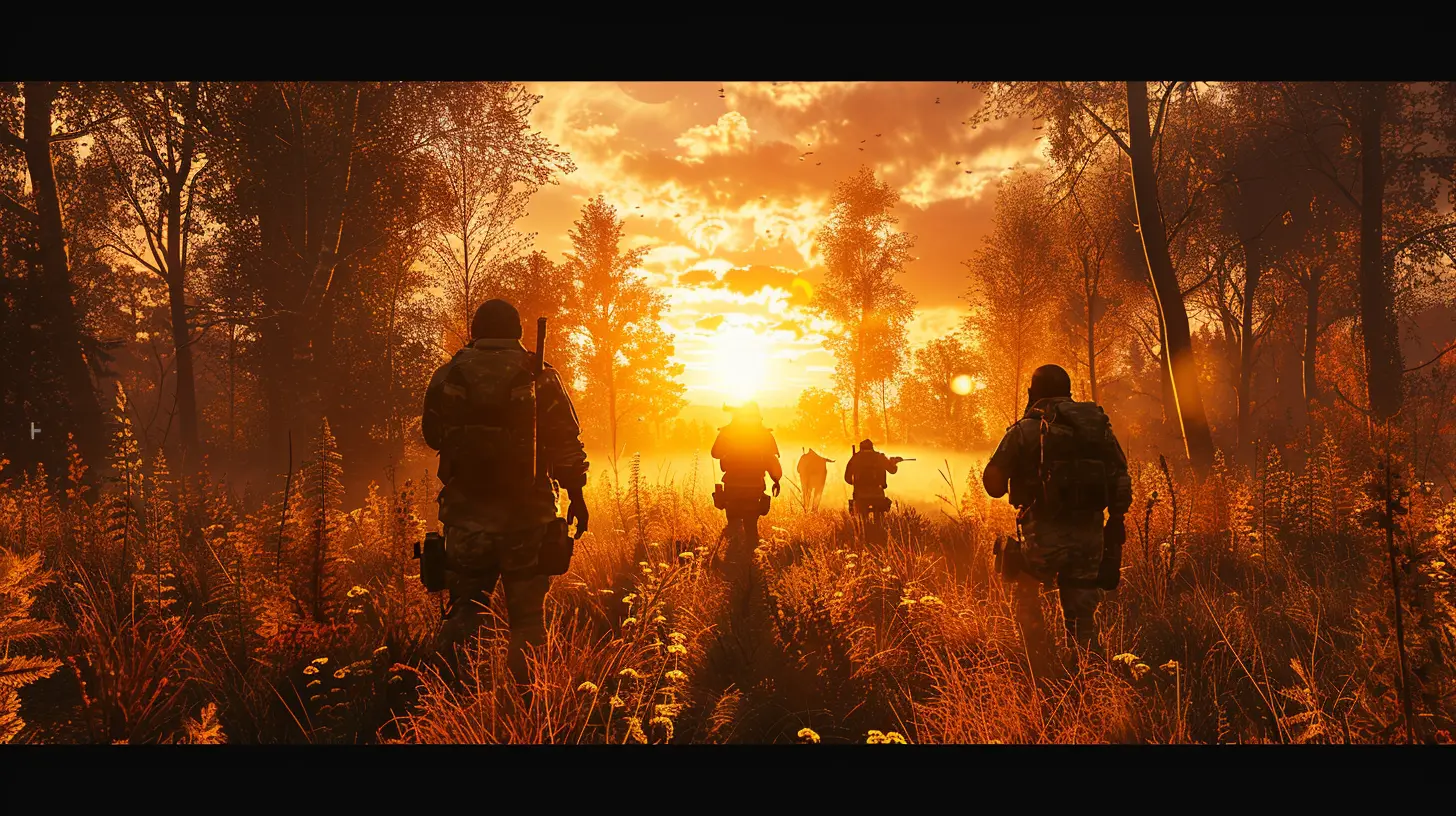
Final Thoughts: The Real Starvation Simulator Experience
Survival games with intense hunger and thirst mechanics give you more than just meters to watch — they build tension, immersion, and consequence. They're about more than living another day. They’re about making the right decisions to earn that day. From the frozen plains of The Long Dark to the parasite-filled rivers of Green Hell, these games want you to feel every growl of your stomach and every dry gasp.So, the next time someone says managing hunger in a game is boring, point them toward these titles. Let them eat virtual dirt (and maybe get dysentery from it).
all images in this post were generated using AI tools
Category:
Survival GamesAuthor:

Luke Baker
Discussion
rate this article
2 comments
Runehart McCartney
Survival games that push hunger and thirst to the extreme create a unique tension that keeps players on edge. These mechanics can turn a fun experience into an adrenaline-fueled race for resources, making every decision feel critical.
June 8, 2025 at 2:37 AM

Luke Baker
Absolutely! The pressure of managing hunger and thirst indeed heightens the stakes, transforming resource gathering into a thrilling, strategic challenge.
Rachael Powell
Thrill in every challenge!
June 7, 2025 at 3:22 PM

Luke Baker
Absolutely! The intensity of hunger and thirst mechanics adds a whole new layer of excitement to survival games. It keeps players on their toes!

